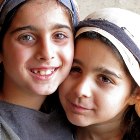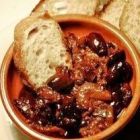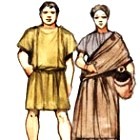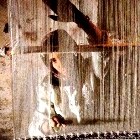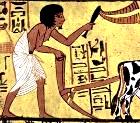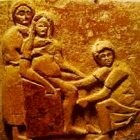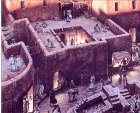What work would you do?
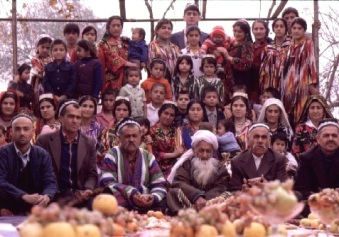 Work, especially food production, was necessary for survival. Everyone worked.
Work, especially food production, was necessary for survival. Everyone worked.
Where did they work? Most of the population worked in their village or on the land around it – even children worked beside their parents in the fields and in the home.
There were tasks for every month of the year – you can see this by looking at the Gezer Calendar at Farming in the ancient world. But work of any kind was forbidden on the Sabbath, which was a day set aside for God.
Jesus’ parables are filled with references to farming and working on the land. He was a villager, a country man, and he knew what it was like to work.
The Shepherd’s work
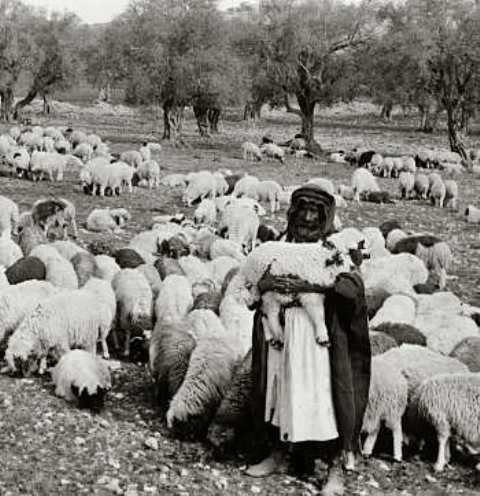
The life of a shepherd was a lonely one, and it could be dangerous as well. He led the sheep and goats, who were always herded together, to an area where they could get food and water. He knew each one of the animals, and watched over them night and day. For all these reasons, Jesus was portrayed as the Good Shepherd.
A shepherd carried a staff, which was a curved piece of wood, usually a sapling, with a piece of side-growth that formed a V-shape suitable for hooking an animal by its leg.
He was also armed with a wooden club. This was to defend himself and his animals against beasts of prey on the look-out for a meal – this could be wolves and hyenas, jackals, or even in the early period lions and bears.
He also had to contend with human animals of prey – thieves who sought to relieve him of some of his herd.
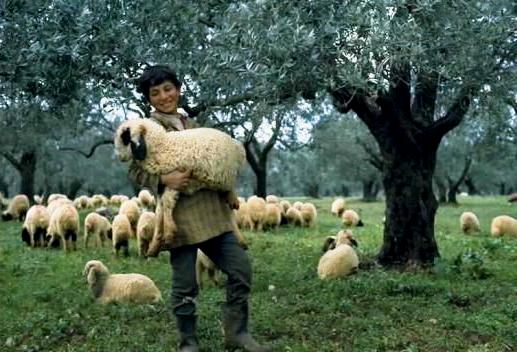
The shepherd had to give an accounting for every animal in his care.
- If someone stole an animal, the shepherd had to give the owner of the animals its current value.
- If a wild animal took one of his flock, the shepherd had to provide evidence of what had happened.
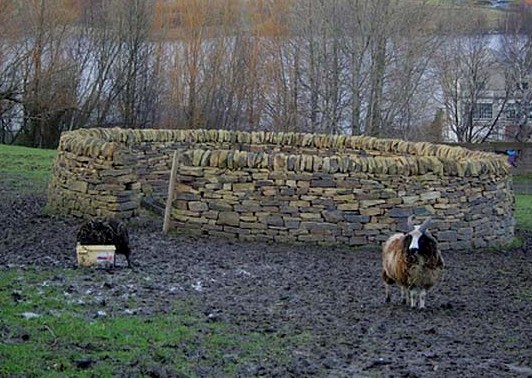
A sheep-fold provides warmth and protection for sheep during the night, or in a storm
At night, animals were kept in a sheep-fold – an enclosure with a circular stone wall and one small entrance, just wide enough for one animal to pass through.
At night, when the animals were inside the enclosure, the shepherd was expected to sleep lying across the entrance, his body providing a gate for the enclosure so that nothing could get in or out.
Fishing
Fishing is only mentioned sporadically in the Old Testament, perhaps because the writers were Jerusalem-based, and fishing was not an important industry there.
However, there were many towns clustered around the Sea of Galilee in the north, and a flourishing fishing industry there. The New Testament describes fishing as a normal industry employing many people.
This meant they did all the normal tasks of a fisherman:
- catching fish of course,
- mending nets and sails,
- repairing boats, and
- selling their catch.

The carefully preserved remains of an ancient boat dating back to the 1st century AD, discovered buried in mud near the town of Magdala on the Sea of Galilee

A modern reconstruction of the boat, as it would have looked at the time of Jesus
We can get a good idea of the sort of boat they used from the ancient boat dated back to the 1st century AD, discovered buried in mud near the town of Magdala. This boat is nine meters in length and two and a half meters wide.
Fishermen used bone or iron fish-hooks, though fishing by hand was not much in use since it only yielded a small amount of fish.
In New Testament times there were two kinds of net in use.
- One was a net thrown by hand from the shore, which would yield small amounts of fish.
- The other was a large net called a dragnet, thrown out over the water from the side of the boat. This large net had floats and weights attached so that it sank down into the water, collecting any fish below the boat. When the fisherman judged there were enough fish in the net, they (there were usually four fishermen to a boat) sailed or rowed into shallow water where the fish could be pulled up out of the water.
Weaving
Cloth was made from flax (linen), and wool (from sheep and goats). Sheep were shorn in the spring, when the weather began to warm up.
The fleece was washed, and dried in the sun. Then it was combed and spun into yarn, using a simple hand spindle made of stone or clay.
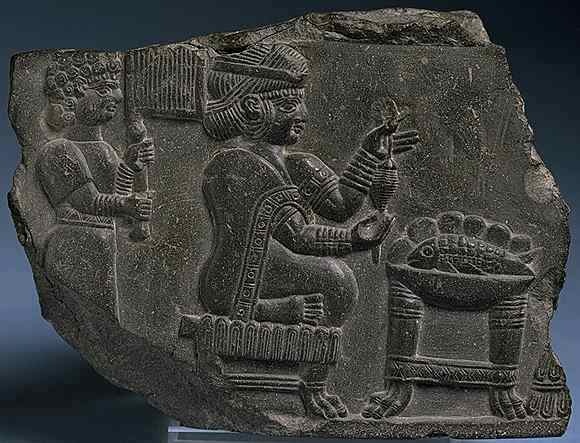
This unusual wall relief is from the ancient city of Susa
Spinning thread was a valued skill, even among wealthy women. It was a sign of respectability and dignity to be seen at your loom.
The looms could be vertical or horizontal, but vertical ones seem to have been favored.
The weaver stood in front of the vertical loom – the threads were held taut by the stone or clay weights, and the weaver could make quite large pieces of cloth, or even the large strips of thick coarse cloth used for tents.
Processing the flax for making linen was a complicated process.
The strips of flax were often dried on the flat rooftops (see the story of Rahab the prostitute, who hid spies from the soldiers by throwing bundles of flax over them, Joshua 2:6).
When they were completed, the strips of cloth might be dyed – the colors were mostly from vegetable dyes, but costly purple could be made from the crushed shells of mollusks. There were a variety of colors used:
- blue from wood,
- yellow from pomegranate,
- lilac from myrtle, etc.
Even the poorest Jewish women used vegetable dyes to get a range of colors for the family’s woolen clothes.
Women were largely responsible for production of clothing in all stages of manufacture. They
- shared responsibility for tending the animals in the flock
- sorted and carded the wood after the goats and sheep had been shorn
- spun the wool into lengths of fabric
- grew and harvested flax for linen
- dried the flax
- carded and spun the flax into either fine or coarse linen strips (linen produced by the Egyptians could be woven finer than the fabric in a modern handkerchief)
- prepared dyes of various colors.
Building
The Israelites were not, at first, great builders. They preferred the mobility of living in tents, and many did not wish to live in settlements as the Canaanites did.
In fact, the story of Cain and Abel – brother kills brother, is about the conflict between the two different ways of life – settled village life that depended on agriculture, and nomadic life that focused on the flocks of animals that sustained a clan/tribe.
Gradually, however, they adapted to the settled life of farming and agriculture. This of course did not come without certain disadvantages – kings and taxes probably being the worst of these.
King Solomon had an ambitious building program, but he lacked the skilled craftsmen he needed. So he imported Phoenician masons and joiners to produce top quality work for the Temple and Palace he built in Jerusalem.

No expense was spared for public buildings, especially in Jerusalem.
The reconstruction above shows the Temple, and behind it administrative palaces/public buildings and houses for the high priests and government officials
A thousand years later, King Herod the Great did much the same, on a more impressive scale.
The town of Sepphoris, just a few miles from Nazareth, was built in this period. Probably Joseph and possibly even Jesus of Nazareth were builders on this site.
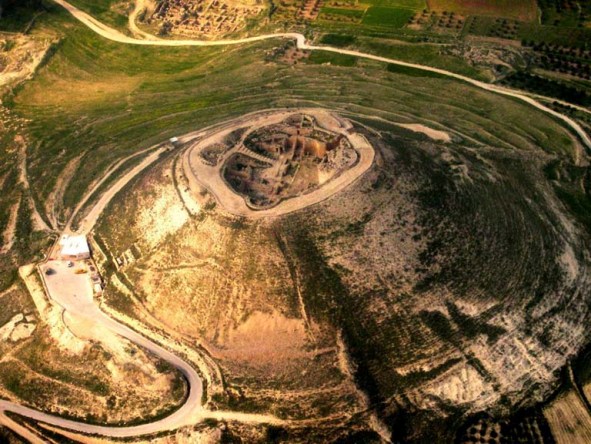
The hill on which the fortress of Herodium sits was largely man-made, constructed by the builders of Herod the Great without any earth-moving machinery
Building included constructing houses and city walls, digging wells, water tunnels and grain storage caves.
This could involve a whole range of building skills: carpenters, stonemasons, plasterers, metal-workers, quarry workers, and unskilled labor.
Many villages had cisterns hollowed out underneath the houses, to store rain water. These were excavated from the solid rock then lined with slaked lime to prevent water leakage.
Animals were also housed in cavities cut out of the stone – a space like this, rather than a stable, would have been the birth place of Jesus.
Farming
Farming was the main work of the Israelites, necessary for their survival – without it they would have starved to death.
Farming methods evolved over the period of Israelite settlement.
When they first entered Canaan, the land was already occupied by the Canaanites. The Hebrew/Israelite tribesmen could only use the inhospitable hill country, which meant back-breaking work.
Later in their history they were they able to use the rich plains of the valley land (see photograph of farming on the Plain of Jezreel below) for intensive farming.
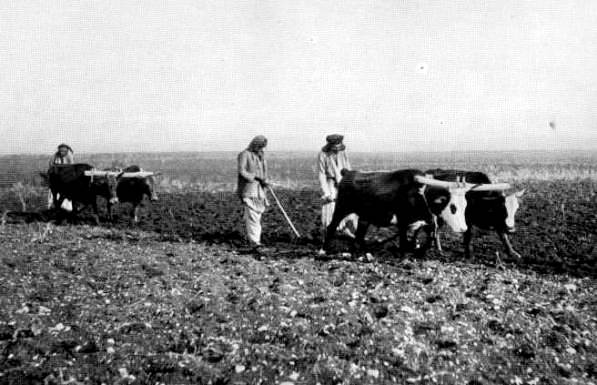
Ploughing in the Plain of Jezreel, from a 1925 photograph
Olive oil production
Olives were picked in September through until November. In earlier times, they were then placed in open stone vats and pounded with a pestle.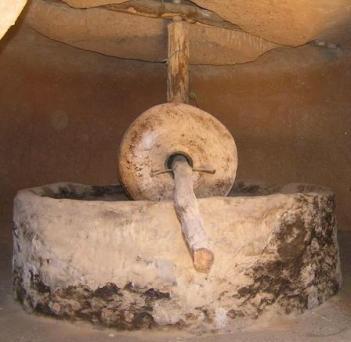
Another method was to place the olives on a grooved circular stone with another stone on top; this second stone could be rotated, to press the pulp down and force the oil out (see right).
Later still, a millstone olive press was developed (see below). The olives were places in a stone sink or bowl, given an initial pounding, then a large stone was placed on top of them.
Additional stone weights were loaded onto one end of a beam fixed in a wall, and the full weight of all this stone flattened the fruit and forced the oil from the olives.
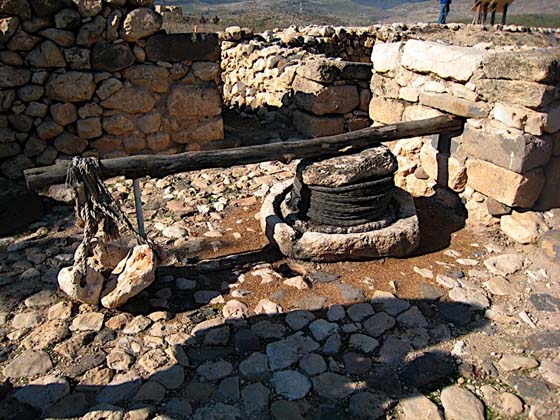
Photograph of a reconstructed oil press excavated at ancient Hazor
Milling flour
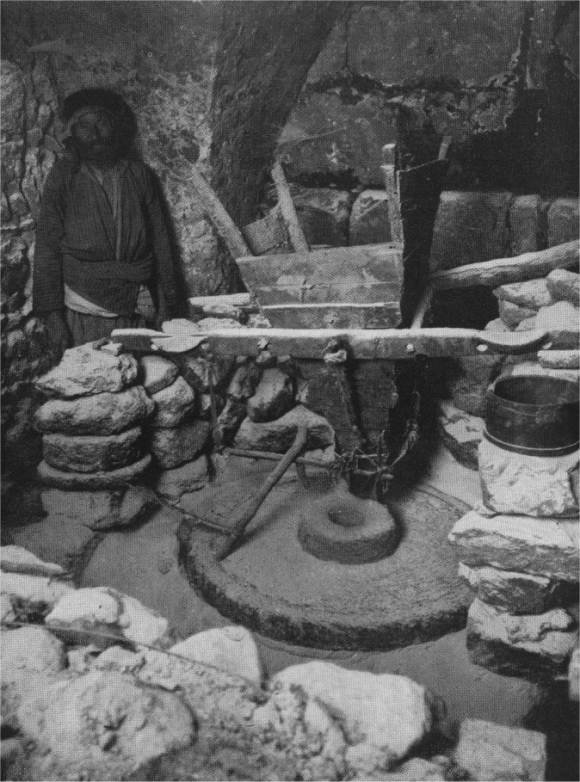
A miller with grain shute and grinding stone,
from an early photograph
When the grain had been winnowed, it had to be ground to separate the hard outer shell from the flour.
In earlier times, and in many small communities, this work was done by women. They ground the grain into course flour using a pestle and mortar before preparing the dough and baking it.
In later periods this task was done on a larger scale, usually by men using special equipment to produce a large quantity of flour.
The 1937 photograph above, while obviously taken at a much later period, shows the sort of milling equipment that has been in use for many centuries in Bible lands.
Women’s work
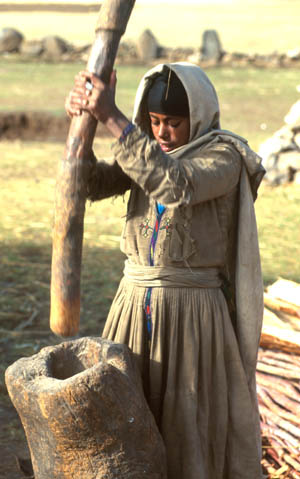
A woman was expected to grind enough grain to feed the extended family
People will tell you that ancient women worked at their looms and their kitchens, and that was about all. Nothing could be further from the truth. We know they did many other forms of work.
You can get an idea of these tasks by reading Proverbs 31:10-31, a poem describing the ‘Woman of Worth’. This poem lists all the tasks a woman should, ideally, perform. They included:
- finding a respected and well-to-do man to be her husband
- spinning and weaving cloth for her family’s clothing and, in the earlier period, the tents they lived in
- making and selling finished items of clothing
- designing and making suitable clothing for all members of the household, for winter and summer
- dressing herself well and attractively
- keeping herself physically and mentally strong and fit
- giving religious instruction to her children: she was their first teacher
- gathering food and assembling a varied and healthy diet for the members of the household
- administering the finances of the family and overseeing the family business
- buying investment property wisely
- supervising investments then re-investing the profits
- performing charitable work and caring for the poor
- organizing and supervising the tasks of all servants
- overseeing the emotional and physical well-being of all the members of the household
- being available at all times to anyone who needed her.
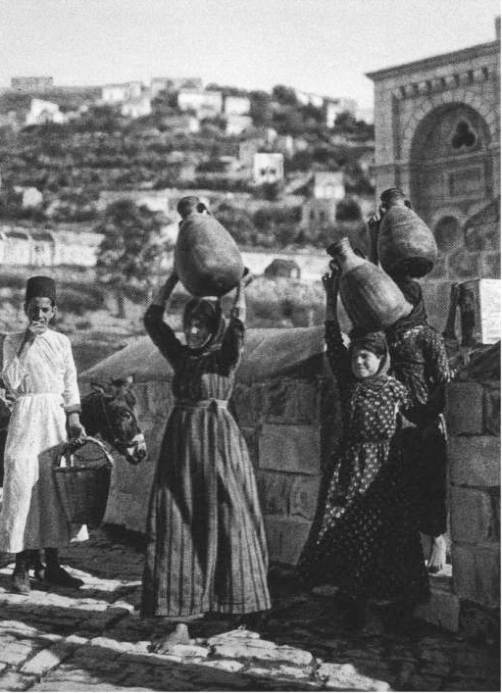
WORK: BIBLE ARCHAEOLOGY: Young girls carrying water in early 20th century Nazareth
You will notice that the list hardly mentions children. This is not because children were unimportant – in fact, quite the reverse. It was taken for granted that children were the central concern of a woman’s life. Children were the great blessing given by God, and not having children was counted as a very great misfortune.
The tasks listed in Proverbs 31 were those of the main woman of the house, but there were many lesser tasks that women and girls were expected to perform.
As well as working in the fields alongside the men, they were expected to
- prepare all the food that the family ate
- milk the goats and sheep, then produce yogurt and cheese from the milk
- spin wool
- weave and dye fabric
- make clothes for the family
- collect water every day from the village well – very few houses had their own well.
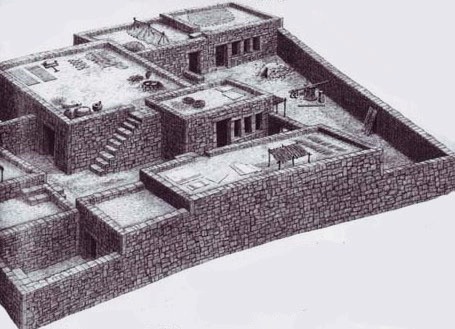
The roof of the house was a large work-space for many of the tasks performed by women
Childbirth
Every woman was expected to help when a woman in her family gave birth – childbirth of course happened at home
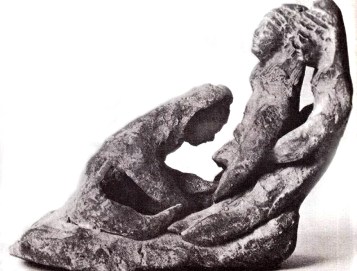
Ancient statuette of a woman giving birth
Hebrew women gave birth in their own tents or houses. During labor they were surrounded by other women: a midwife, their relatives and friends, and female servants of the family. They would certainly have seen other women give birth, so they knew what to expect and what to do.
Hebrew women gave birth in a squatting position, above a hole hollowed out of the ground. On either side of the hole were bricks or stones for the woman to stand on. She was supported at her back and under her arms by other women, either midwives or family members.
As soon as the baby was born its umbilical cord was cut, then it was washed and wrapped in long bands of cloth (swaddling bands) which held the limbs of the baby firmly, though not tightly.
Midwives were highly skilled. Giving birth could be a dangerous business, and mothers sometimes died. But the Book of Genesis describes a difficult birth when Tamar has her twin sons, and is helped by the midwife’s skill.
See the story in Genesis 38:27-30 at Bible Women: Tamar.
See Rachel’s less happy story at Bible Women: Rachel
Preparing the dead
It was the women’s task to prepare a dead body for burial.
- The body was washed, and hair and nails were cut.
- Then it was gently wiped with a mixture of spices and wrapped in linen strips of various sizes and widths.
- While this was happening, prayers from the Scriptures were chanted.
- The body was then carried to a tomb and laid on a long shelf carved into the stone. It could be wrapped in a shroud, but was otherwise uncovered.

Entombment of Christ, Caravaggio, detail
Tombs were visited and watched for three days by family members.
On the third day after death, the body was examined. This was to make sure that the person was really dead, for accidental burial of someone still living could occur.
On these occasions, the body would be treated by the women of the family with oils and perfumes – see
- the story of Lazarus at Martha and Mary, and of
- the women at the tomb of Jesus, especially Mary Magdalene.
____________________________________________
Archaeology of the Bible – Bible Study Resource
Work for men & women in ancient times
Search Box
![]()
© Copyright 2006
Elizabeth Fletcher

